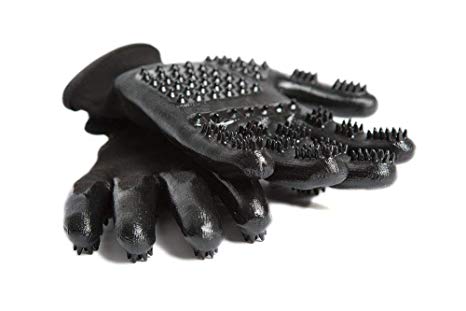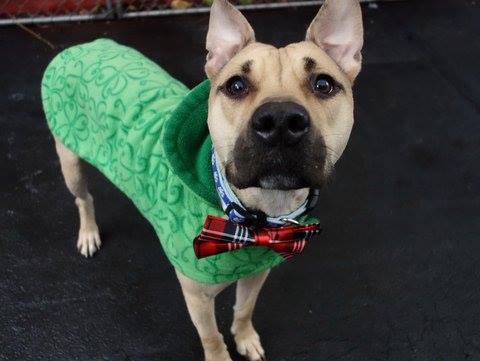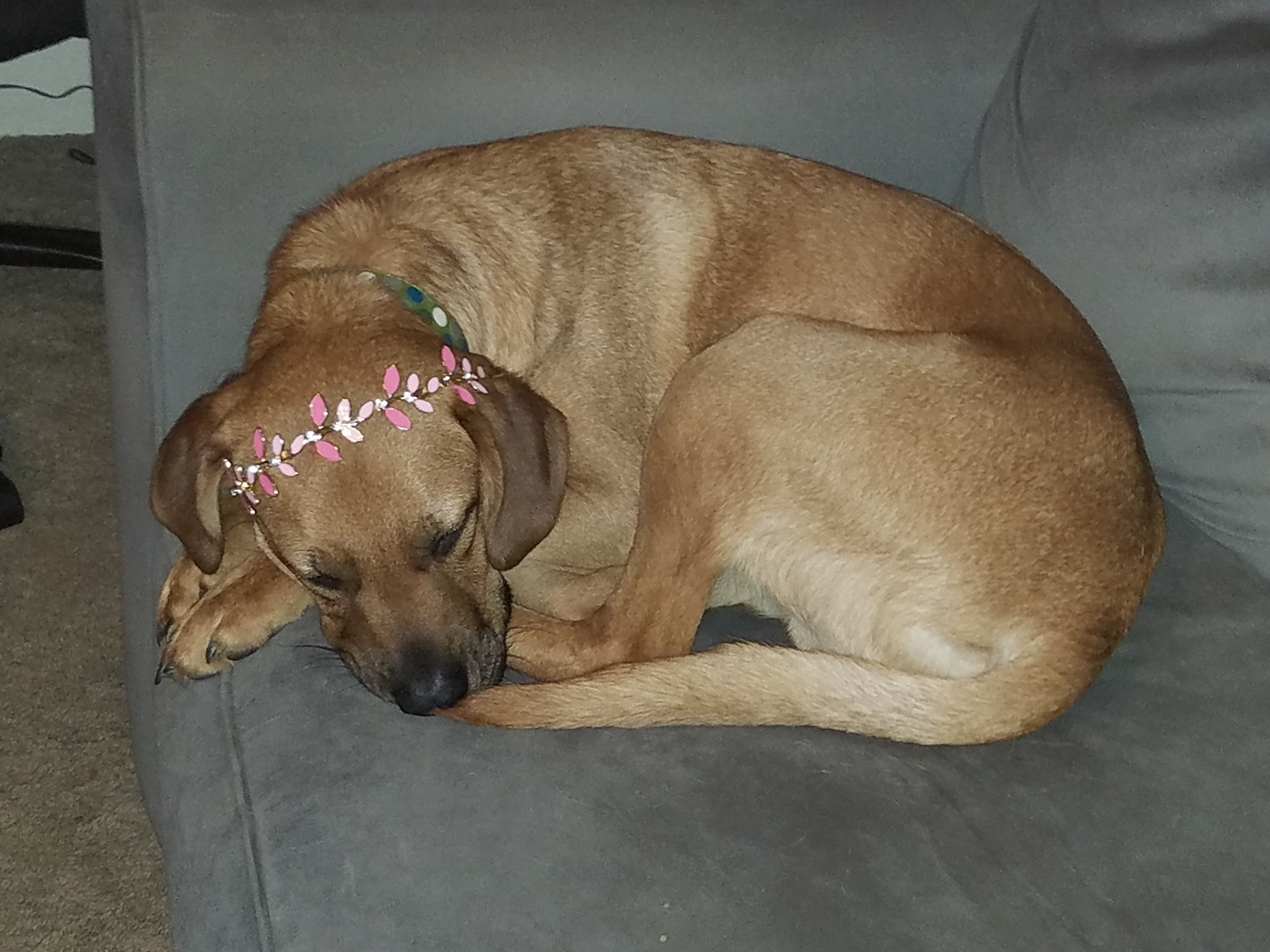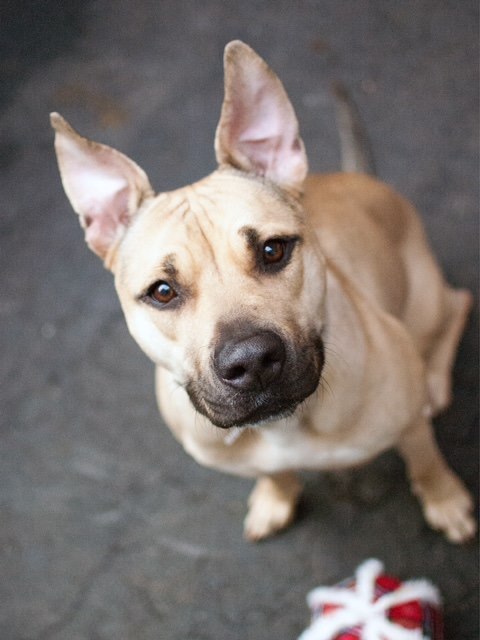Europe is a dream travel destination for many people. While the same sentiment is expressed by people who love traveling with their dogs, they have to be a little more discerning when it comes to choosing specific countries in Europe that will be more welcoming of their pet. Here, we reveal five of the best cities in Europe where you and your dog will surely have the best time together.

Prepping for Your Trip
Before anything else, you have to plan very well for traveling with your pet. Wherever you’re coming from, it is likely that the best way to travel with a large dog or a small dog is by taking a plane. Research on the procedures and requirements of taking your pooch with you and you will have resolved a big chunk of the whole “travelling with a dog” challenge!
Dog-Friendly Cities to Visit
In no particular order, here are five European cities that are known for being very dog friendly:
- Berlin. A popular travel destination for art and culture, this German city is also one that is very friendly towards dogs. One of the best ways to get around with your dog is by joining a walking tour of the city’s top historical sites. Alternatively, a steamer cruise ship is a more relaxing way to get around – and one that welcomes dogs as well. The highlight of Berlin as a dog-friendly European country is the pet-friendly nature of its public transportation system. For as long as you get the right ticket, you’ll have no problem exploring around with your pet. The city also has many cafes and apartments that welcome dogs and go the extra mile to make them feel right at home.
- Amsterdam. You’ll immediately know that Amsterdam is pet-friendly once you realize that the city is practically teeming with dogs! The reason for this is probably because Amsterdam has so many beautiful parks that are perfect for sightseeing with a dog or two. Except for galleries and museums, dogs are pretty much allowed all over the city. Places that have no choice but to decline dogs as visitors have a sign that says ‘no dogs allowed’ for your information. They are also allowed to travel for free on public transportations, with the exception of trains that have a dog surcharge of 3 euros.
- Prague. The capital city of the Czech Republic has made a lot of effort to become a more dog-friendly city, which likely contributes to its increase in tourists. Most restaurants welcome dogs, and many proprietors even offer small meals for your hungry, four-footed co-traveler. Prague also has a lot of parks which you can explore with your dogs, and pet-friendly beer gardens are aplenty as well. As for getting around with your dog, the basic rule is that they need to be muzzled before they hop aboard. While the city still needs to work on increasing pet-friendly accommodations, a bit of research will yield several that are very accommodating to pooches such as Pod Vezi. In Prague, make sure to catch a flick at The Aero – the continent’s lone dog-friendly cinema! An annual dog film festival, Aero Pes Fest, is also a must-attend event for all dog lovers.
- Barcelona. Barcelona locals truly love their dogs, which is why they warmly welcome yours as well. In fact, the locals are very showy of their affection towards pets compared to other European cities. If you’re looking forward to the tapas experience, you’ll be happy to know that many notable places are also dog-friendly and even offer water should your pooch be parched.
- Paris. Dogs are an omnipresent feature of Paris, and you’ll instantly see how much the locals love their leashed pooches. They accompany them to the hottest restaurants, the most luxurious boutiques, inside taxicabs – everywhere! While there are some established rules about where dogs can and cannot go, Parisians basically ignore these or try to circumvent them. Dog friendly hotels are also plentiful, and some are even known to provide a welcome basket for both the tourist and his trusty, four-legged side kick!
Excited for your great European adventure with your dog? These tips will surely make it a lot more enjoyable – for both you and your pet!





















